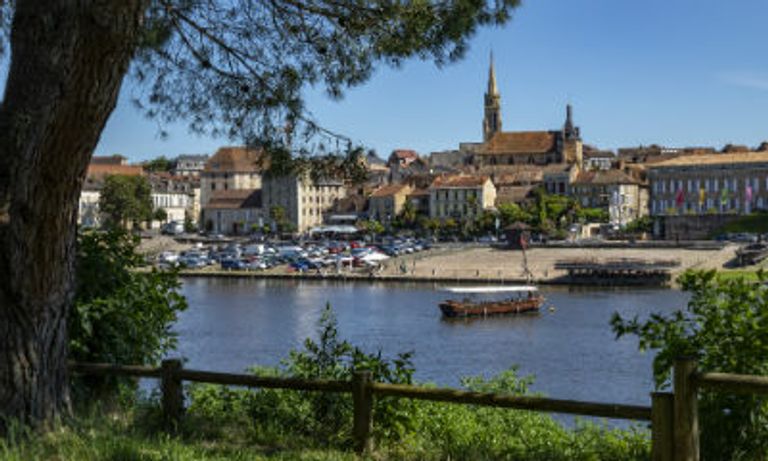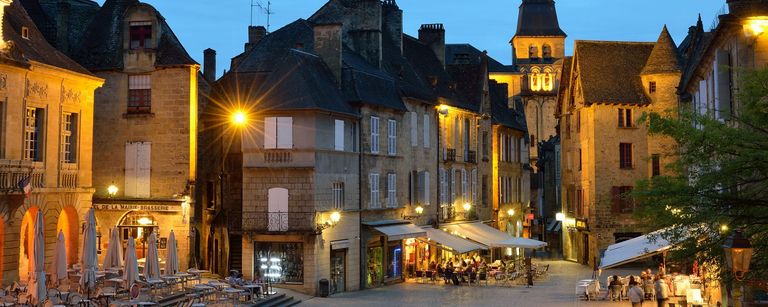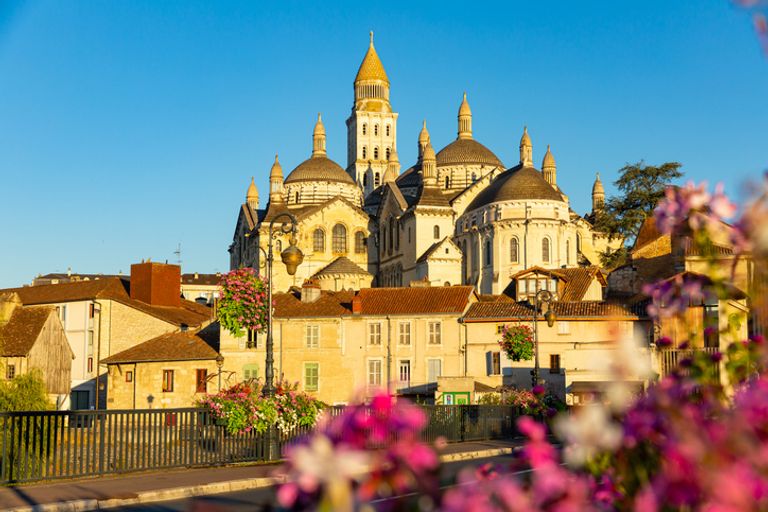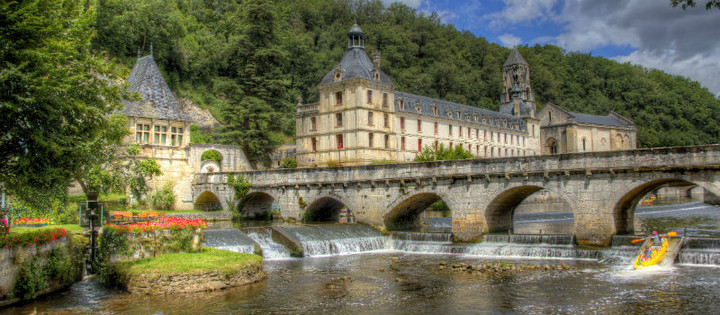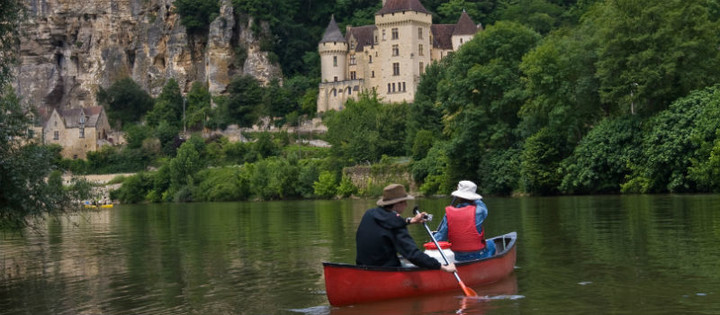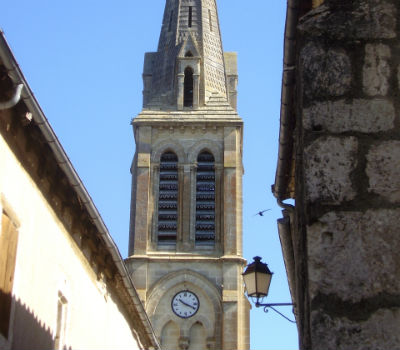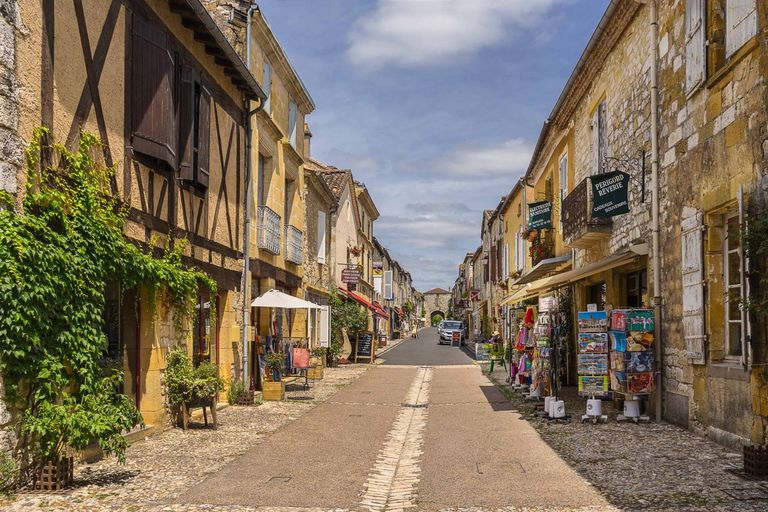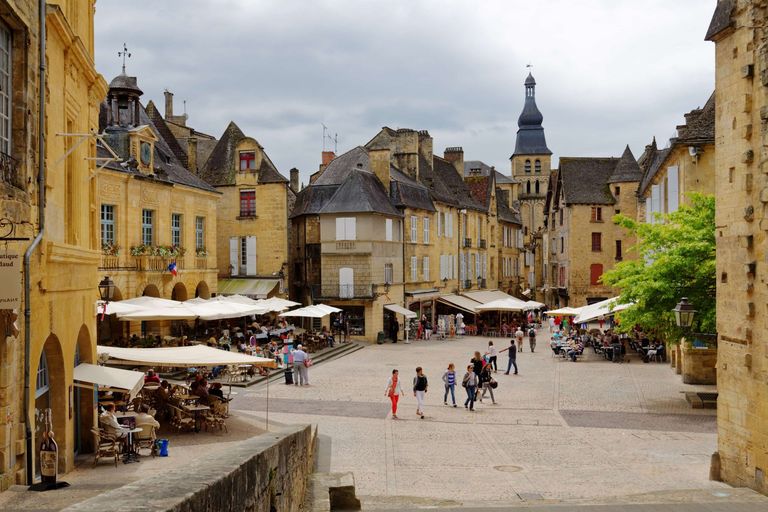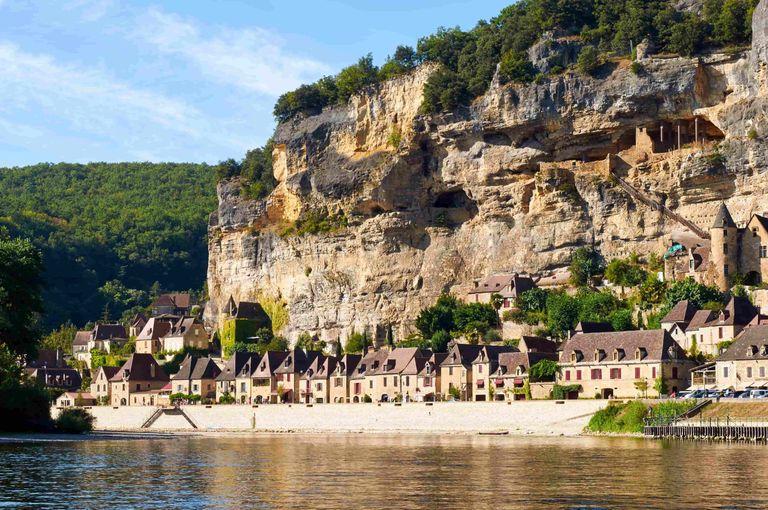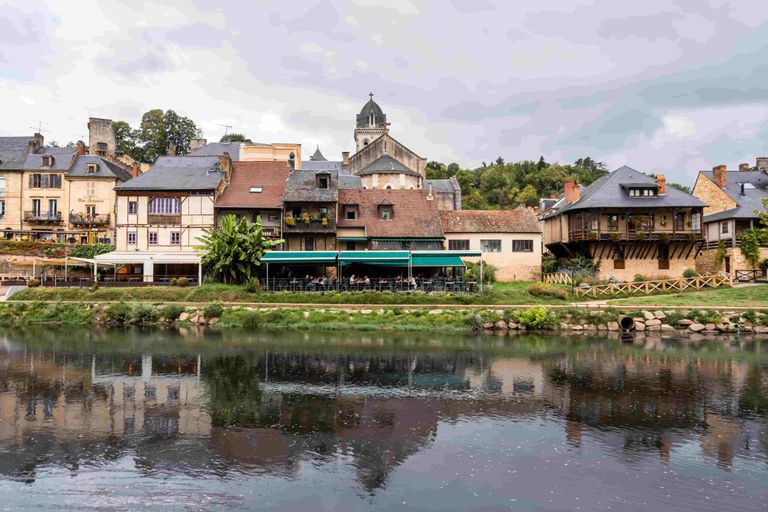Unlike many other French regions, the Dordogne isn’t dominated by a regional super-city. Instead, the population is spread out amongst a collection of smaller towns and villages, many of which are styled in the traditional bastide style, with a grid layout, central square and fortified walls.
Others, like the striking Brantome, are wrapped up in the curves of the Dordogne River and make the water their focal point.
Stone walls and vibrant markets
The Dordogne is home to some of the most picturesque villages in the country. The region is actually split into four different ‘zones.’ In the centre, where bright, white rocky crags and outcrops are more common, there’s the Périgord Blanc. To the south, where thick oak forests and the fortified bastides rule, you have the Périgord Noir. In the north are the green pastures and forests of the Périgord Vert and to the southwest is the Périgord Pourpre, named for the grapes that cover its hills.
Our Dordogne holiday villas ensure easy access to all four of these areas and allow you to take day trips out to all the major towns, villages and attractions in the area.




